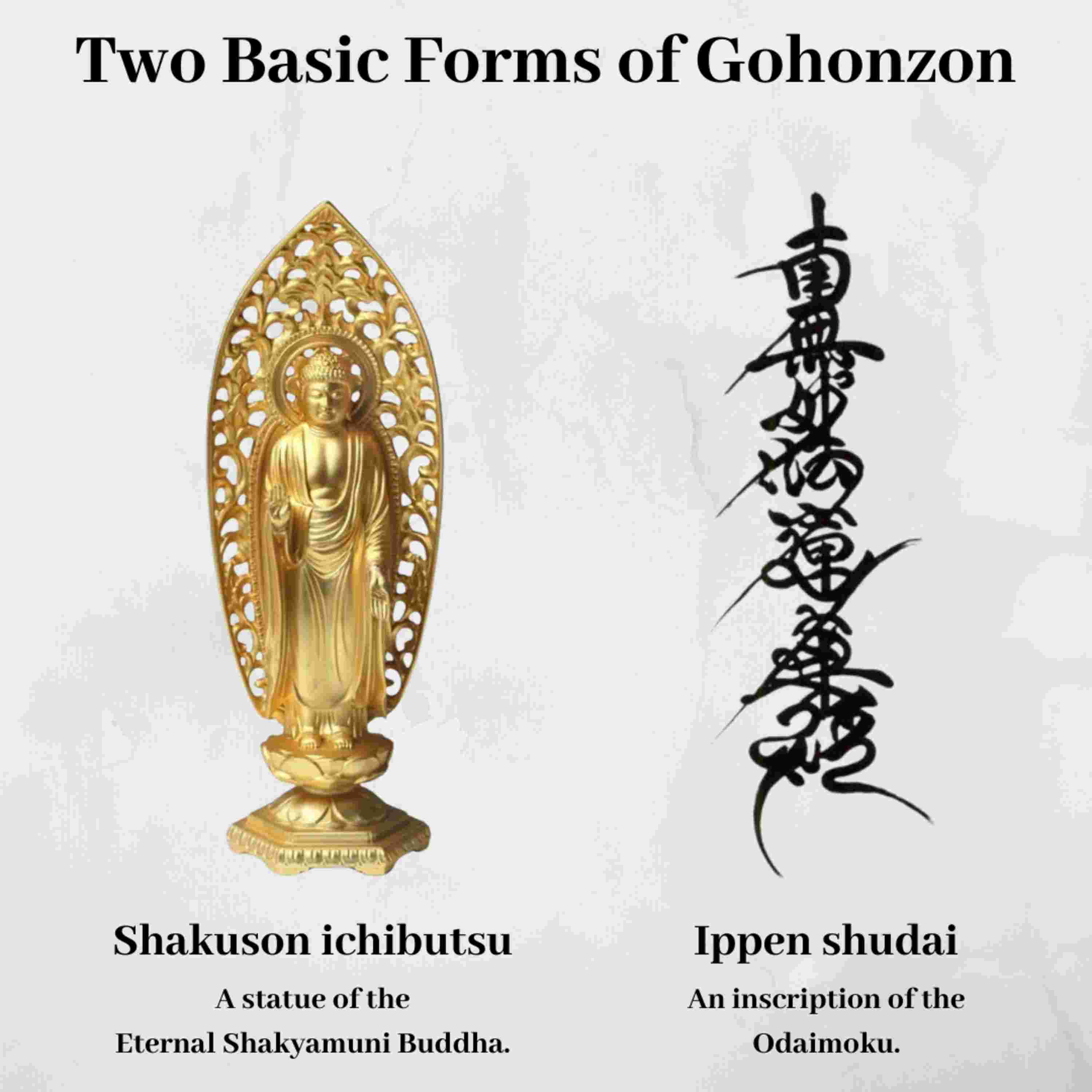

an essay by Nichiryu Mark Herrick, Renshi, is an extensive examination of the Gohonzon, the calligraphic mandala created by the Buddhist reformer Nichiren. The source explains that the Gohonzon is not merely an object of worship but a dynamic, textual representation of the Dharma's self-expression, embodying the core teachings of the Lotus Sutra and the principle of Three Thousand Realms in a Single Thought-Moment (Ichinen Sanzen). It details how Nichiren created a performative mandalaby substituting calligraphy for traditional visual icons, placing the central chant, Namu Myoho Renge Kyo (Daimoku), at the center, flanked by the Two Buddhas and surrounded by names representing the Ten Worlds. The essay, which frequently incorporates insights from scholars like Jacqueline Stone, Luigi Finocchiaro, and Lucia Dolce, emphasizes that the Gohonzon functions as a ritual technology that facilitates direct awakening through the act of chanting, dissolving the boundary between the practitioner and the eternal reality it depicts. Finally, it outlines how the Gohonzon, the Daimoku, and the Kaidan (the practice community) form the Three Great Secret Dharmas essential for practice in the Latter Age of the Dharma.